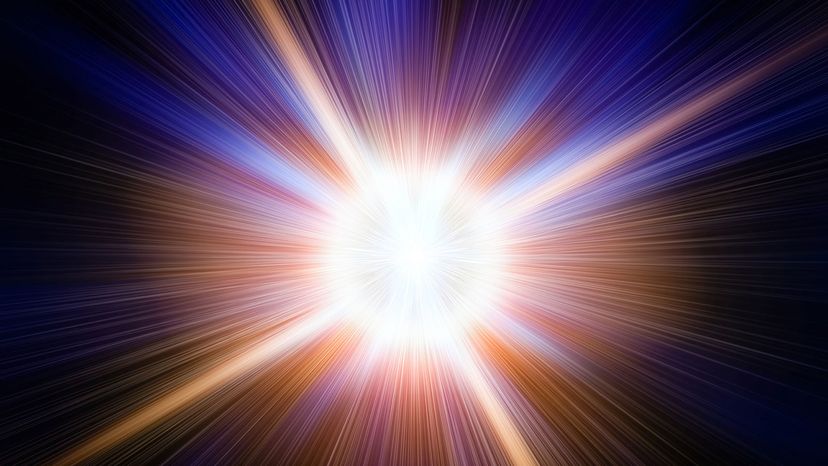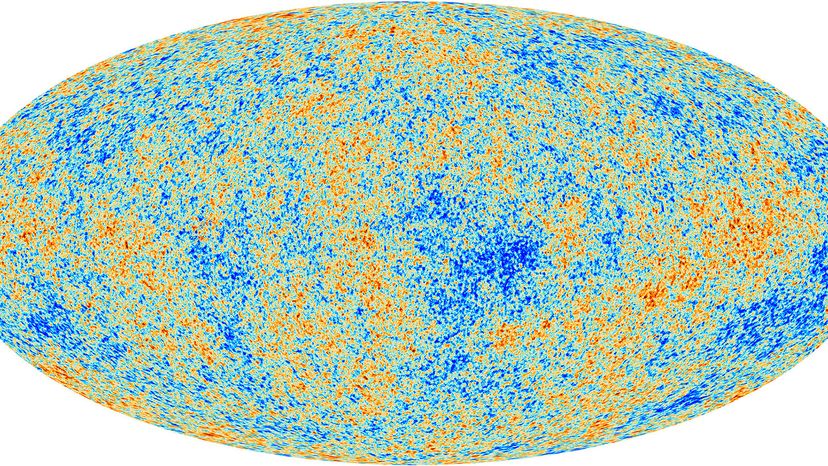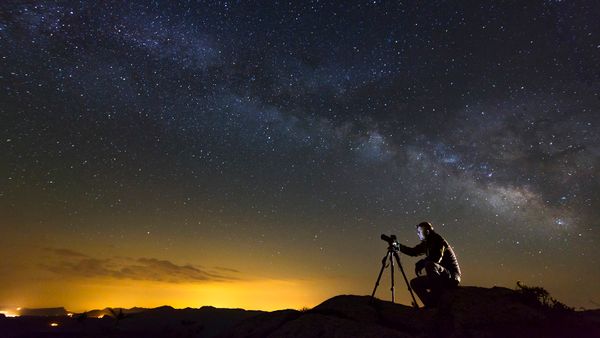Other models revolve around the formation of the pre-Big Bang singularity itself. If you think of black holes as cosmic trash compactors, they stand as prime candidates for all that primordial compression. Our expanding universe could theoretically be the white hole output from a black hole in another universe.
A white hole is a hypothetical body that acts in the opposite manner of a black hole, giving off energy and matter rather than sucking it in. Some scientists propose that our universe may have been born inside a black hole, and every black hole in our universe could each contain separate universes as well [source: Choi].
The Big Bounce
Long ago, medieval religious philosophers in India taught that the universe goes through an endless cycle of creation and destruction. Some contemporary scientists have arrived at a similar idea. They believe that instead of a hot Big Bang, the universe expands and contracts in a cycle, bouncing back each time it shrinks to a certain size.
In the Big Bounce theory, each cycle begins with a small, smooth universe that gradually expands, becomes clumpier and more warped over time, and eventually starts to collapse and smooth itself out before starting anew [source: Davis].
For the Big Bounce idea to work, it has to find a way around the singularity theorems developed by British physicists Roger Penrose and Stephen Hawking. These theorems suggest that a contracting universe would shrink all the way down to a singularity, similar to a massive dying star condensing to form a black hole. Big Bounce models depend on the idea of negative energy counteracting gravity and reversing the collapse, driving the universe and space-time apart again and again [source: Wolchover].



